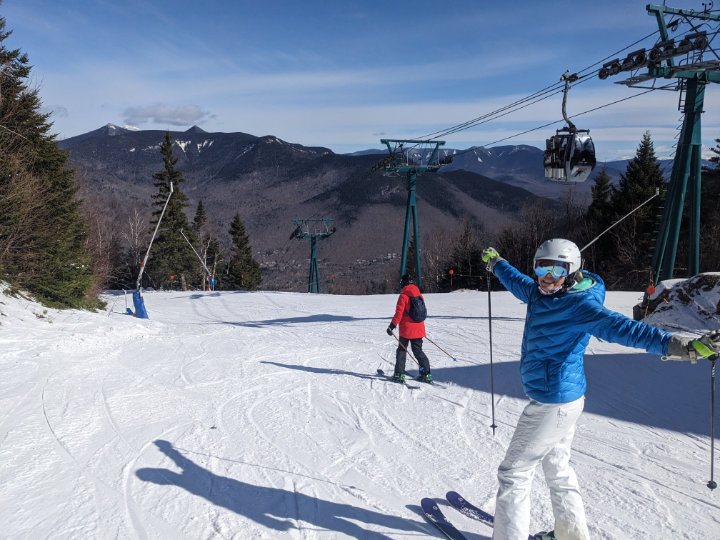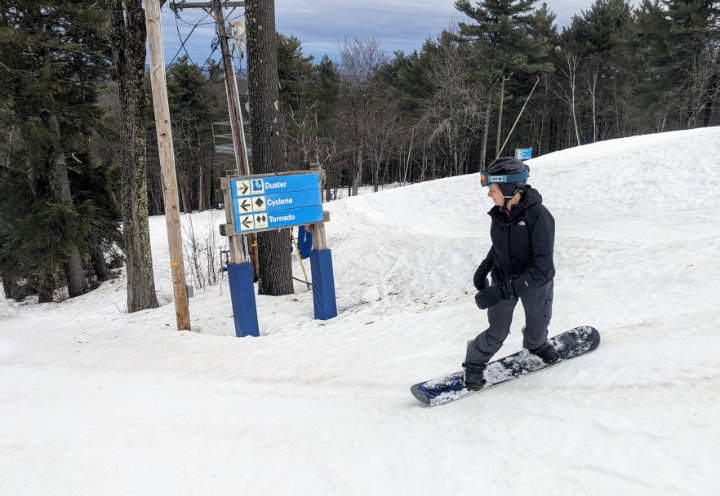Where’s Winter?

by Tim Moore
As a full time ice fishing guide no one is keeping an eye on the temperatures more than I am. These days when a client calls to book an ice fishing trip the first question they ask is, “will we have any ice this year?” The answer is yes. One thing we can count on in New England is winter, but the real question is when.There are several factors that play into ice formation. Lake depth influences how quickly, or slowly, a lake cools. Deep lakes have more water and therefore take longer to cool than shallow ponds. The surface water temperature needs to be 39 degrees or lower before a layer of ice will form. I checked the water temperature on Winni last week and it was just above 40 degrees, so it is close to being ready. One good cold night will cool it into freezable temperature ranges.

Wind also plays a role in the formation of ice. High winds agitate the water and prevent it from freezing. Winds also have a tendency to push new layers of ice up on top of older layers. This not only slows the process, but creates a rough edge.
Last year there wasn’t enough ice on Winni to ice fish when the lake opened to ice fishing on January 1st, but by the middle of the month we were safely driving snowmobiles on it. It’s always good to get a cold snap and form fishable ice quickly, but there are drawbacks to that too. Water expands as it freezes. If it freezes too quickly it can form dangerous pressure ridges, as was the case last year. It seemed like there were large pressure ridges everywhere. Once a pressure ridge forms the ice in the ridge doesn’t get any thicker and can be dangerous, especially when driving a snowmobile or ATV.
So, if you’re champing at the bit to get out ice fishing you still have a bit of a wait. Fear not though, the ice will come. We won’t be fishing on Winni on January 1st, but it shouldn’t be long after that. Winnipesaukee’s bays usually freeze first, so check them often once we get a cold stretch. Above all else, be safe. Ice never forms uniformly or consistently and can go from several inches to an inch or less in a distance of just a few feet. If you see someone on the ice, don’t assume it is safe. Check for yourself and check the thickness often.
Tim Moore is a nationally-recognized angler and a year-round professional fishing guide in New Hampshire. He owns and operates Tim Moore Outdoors, LLC. He is a member of the New England Outdoors Writers Association and the producer of Tim Moore Outdoors TV. Visit www.TimMooreOutdoors.com for more information.



